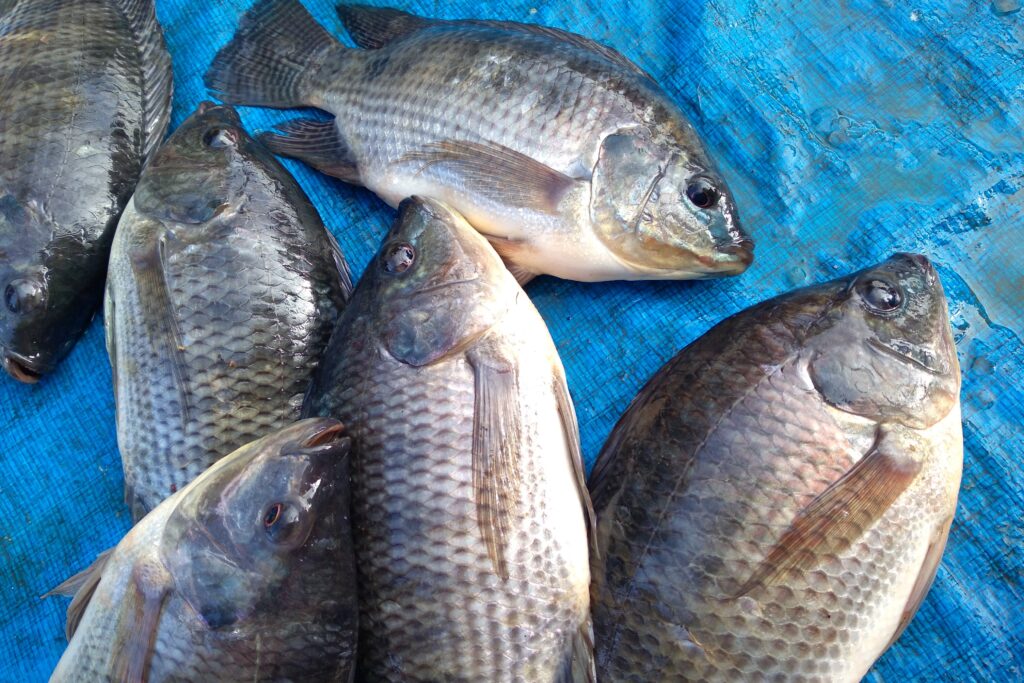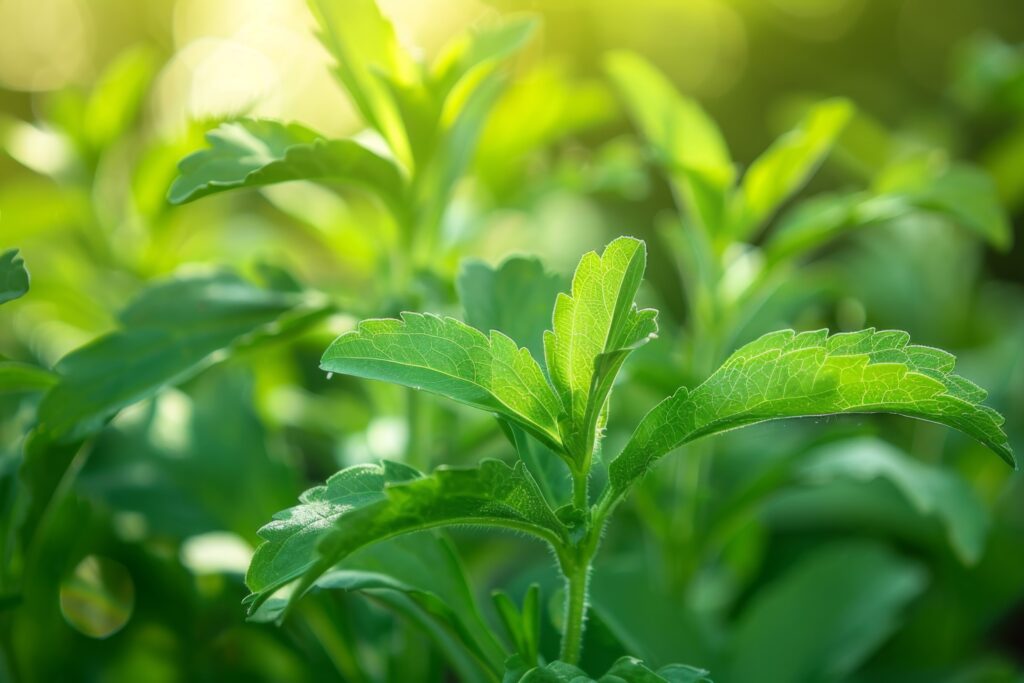Tilapia Farming Profit Per Acre
Tilapia Farming Tilapia farming is a popular form of freshwater aquaculture that involves cultivating tilapia, a hardy and fast-growing fish, in ponds or tanks. Known for their adaptability, high growth rate, and market demand, Tilapia is ideal for semi-intensive and intensive farming systems. This farming practice provides a reliable source of income and nutrition, making […]





